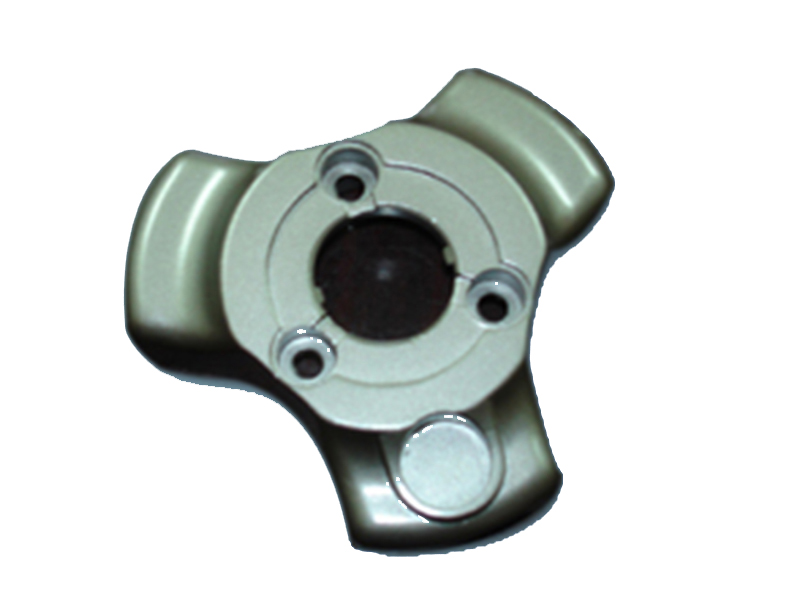by admin | May 5, 2018 | Aluminium casting, Aluminium casting China, aluminium die casting, Aluminium die casting China, Aluminum casting, Aluminum casting parts, aluminum die casting, die casting, die casting company, Magnesium casting, magnesium die casting
For the purpose of this article, carbon steels are considered to be those steels in which carbon is the principal alloying element. Other elements that are present and that, in general, are required to be reported are manganese, silicon, phosphorous and sulfur. In a...

by admin | May 5, 2016 | Aluminium casting, Aluminium casting China, aluminium die casting, Aluminium die casting China, Aluminum casting, Aluminum Casting Alloys, Aluminum casting parts, aluminum die casting, die casting, die casting company, Magnesium casting, magnesium die casting, magnesium die casting china
A Basic Guide to Choosing Aluminum Casting Alloys Part 2 Alloys 319.0, A319.0, B319.0 & 320.0 Alloys 319.0 and A319.0 exhibit very good castability, weldability, pressure tightness and moderate strength. They are very stable alloys (i.e., their good casting and...

by admin | May 5, 2015 | Aluminum Casting Alloys, aluminum die casting, die casting, die casting company, Magnesium casting, magnesium die casting, magnesium die casting china
The mechanical properties of alumi- num casting alloys are obtainable only if the chemical and heat treating specifications are followed carefully. It should be noted that the properties obtained from one particular combination of casting alloy, foundry practice and...

by admin | May 5, 2012 | Aluminium casting, Aluminium casting China, aluminium die casting, Aluminium die casting China, Aluminum casting, Aluminum casting parts, aluminum die casting, die casting, die casting company, Magnesium casting, magnesium die casting, magnesium die casting china
Ductile iron is characterized by having all of its graphite occur in microscopic spheroids. Although this graphite constitutes about 10% by volume of ductile iron, its compact spherical shape minimizes the effect on mechanical properties. The graphite in commercially...

by admin | May 5, 2011 | Aluminium casting, Aluminium casting China, aluminium die casting, Aluminium die casting China, Aluminum casting, Aluminum casting parts, Magnesium casting, magnesium die casting, magnesium die casting china
Microscopically, all gray irons contain flake graphite dispersed in a silicon-iron matrix. How much graphite is present, the length of the flakes and how they are distributed in the matrix directly influence the properties of the iron. The basic strength and...



